CLARKSVILLE, Tenn. (CLARKSVILLENOW) – The COVID-19 pandemic is not the first large-scale public health crisis to wreak havoc on Clarksville. More than 100 years ago, this area like most of the country dealt with Spanish influenza.
The Spanish influenza pandemic, according to the CDC’s website, was the most severe in memory before COVID-19. One out of every three living persons was eventually sickened with the disease, and the death toll is estimated to be 50 million worldwide, with about 675,000 of those deaths in the United States.

Clarksville still has a family connection between the two pandemics: Randy Rubel. His great-grandfather, Phillip Franklin Rubel, died on Dec. 4, 1918, from Spanish influenza at age 65. Randy’s older brother, William Rubel, passed on April 3, 2020, at age 72, and his was the first confirmed death from COVID-19 in Clarksville.
Due to a lack of consistent records from this time, we are unable to say with accuracy what the Spanish influenza infection or death numbers were in Montgomery County. However, there are records that trace the shutdowns, economic impacts, and transformations of everyday life felt a century ago.
Working with archivists and historians, Clarksville Now scoured records of the Montgomery County Archives, The Leaf-Chronicle, Customs House Museum and Cultural Center, Austin Peay State University and Clarksville-Montgomery County Public Library. This isn’t an exhaustive account; institutionalized racism limited records during that time period to primarily those of the white population.
But the records we have show that Clarksville’s experiences with Spanish influenza and COVID-19 were not that different.
Churches close over Spanish influenza
The year was 1918. World War I was raging, and Spanish influenza was brought to the United States with the military returning from combat abroad in the spring of 1918, according to the CDC. However, it wasn’t until October that year when Clarksville began to feel the impact.
When infections started spiking, churches were the first community gathering places to close or to cancel services.
A notice was published in the Oct. 6, 1918, edition of The Clarksville Leaf-Chronicle that said, “Owing to the fact that there is so much illness caused by Spanish influenza, the following churches have desired to suspend their weekly prayer services for tonight.”
The five biggest churches in Clarksville decided on this action. These included First Presbyterian, Trinity Episcopal, Christian, Madison Street Methodist and First Baptist.
The same happened in 2020: Most local churches began taking precautions the week of March 13, several weeks before the county and city began imposing restrictions on sacramental activities. Communion came to a halt, and the clergy stopped shaking hands with their congregations, despite that Montgomery County had yet to confirm a case of COVID-19.
By the end of March 2020, most churches ended in-person activities, and services were moved online. Some congregations still have not returned to in-person services as of Jan. 27.

Dueling government orders
Three days after the churches announced their closures, the City Board of Health ordered that public schools and theaters in Clarksville be closed on Oct. 9, 1918, until further notice.
The simultaneous crisis of World War I becomes important when considering the Spanish influenza pandemic, because similar to the COVID-19 pandemic, closures had an immense impact on the economy. This resulted in the state government in 1918 overriding the city of Clarksville’s closing orders.

The War Council of Tennessee annulled the closing orders on Oct. 21, 1918, because of “the labor situation.” The supply of labor was crucial to the war efforts: “The supply of labor is so short that in order to handle certain businesses of the state properly, it is unwise to limit their hours.”
However, four days later, the City Board of Health pushed back and ordered the closures of public gathering places reinstated until Nov. 4, when the order was lifted.

Events in 2020 followed almost the same pattern. On March 31, 2020, the city and county mayors announced a local shelter-at-home order, and Gov. Bill Lee issued a statewide order closing all non-essential businesses. A month later, Gov. Bill Lee forced the local shelter-at-home order to expire on April 30 when the statewide shelter-at-home order expired as well.
Lee has cited the pandemic’s toll on economy as the reason he will not reimpose the stay-at-home order. On Oct. 6, 2020, he said, “Livelihoods are at stake here. We need to make certain people can run their businesses,” according to reporting from WZTV.
There was no mask order in 1918, but there were excerpts of Public Health Reports published in the Leaf-Chronicle that suggested the wearing of gauze masks to reduce to rick of catching Spanish influenza.
A Montgomery County mask order was instituted on July 6, 2020, and it continued with some modifications through Sept. 28, when it was lifted. But coronavirus numbers rose dramatically over the following weeks, and the mask order was reinstated on Oct. 27. It remains in effect, and has been extended through the end of February.
Schools close for close to a month
On Oct. 9, 1918, schools were ordered closed, along with theaters and other public gathering places. The county’s schools considered reopening a week later on Oct. 16, however the Spanish influenza situation was reassessed, and reopening was postponed.
The official reopening did not happen until Nov. 4, 1918, at which point the shutdowns and closures of all public gathering places were annulled by the City Board of Health.
In 2020, the Clarksville-Montgomery County School System responded before the churches had even announced their changes in services in response to COVID-19. On March 5, the district canceled a planned student trip to a robotics competition in Williamson County.
Schools were then officially closed on March 13 after a suspected student case of COVID-19. The schools remained closed for the rest of the school year, and they did not reopen for in-person learning until August 2020.
Impact on the community
One of the first Spanish influenza deaths reported in the Leaf-Chronicle was that of a professor at our local university, J.W. Graham, who died on Oct. 6, 1918. Graham died from pneumonia while visiting his daughter, who lived in Chicago. He was interred without ceremony.

Pneumonia was ultimately the cause of death for most who died while infected with Spanish influenza, according to a study from the National Institute of Health.
Changes in funeral proceedings became common during the pandemic, with some funerals being conducted at home or graveside. Several did not have funerals at all, and were only interred, like Omie Powers, who at 26 years old died of the Spanish influenza. His mother, Ada, had also recently died on Sept. 30, 1918.
In Cumberland City, the dispatch from Oct. 25 reads out the deaths of six who succumbed to Spanish influenza that week. Milton Oliver, 45, died of the influenza, and just an hour later, his 25-year-old daughter died as well.
This dispatch includes what Clarksville Now found to be the only mention of Black residents suffering during the time of the Spanish influenza, and that was of an elderly woman and young boy who died of the disease. Their causes of death were not listed, but in the context of the dispatch, it is assumed they, too, died of the Spanish influenza.
Meanwhile in Southside, the Spanish influenza infection rate seemed to skyrocket according to a dispatch on Oct. 21, 1918: “There is from one to five in nearly every family stricken with the disease and in many instances the entire family is down.”
Several notable figures dealt with the Spanish influenza, including the wives of then-Clarksville Mayor E.E. Laurent and of soon-to-be Gov. Austin Peay.
Similarly, in 2020 notable figures in the community have battled with COVID-19, including Montgomery County Mayor Jim Durrett. The disease killed General Sessions Judge Ray Grimes.
It is not known when Spanish influenza was eradicated from Montgomery County, but infections and deaths continued well into 1919. From 1918 to 1919, there were 7,721 recorded deaths in the state of Tennessee from the disease.
As of Jan. 27, 2021, COVID-19 has killed 9,316 people in Tennessee.


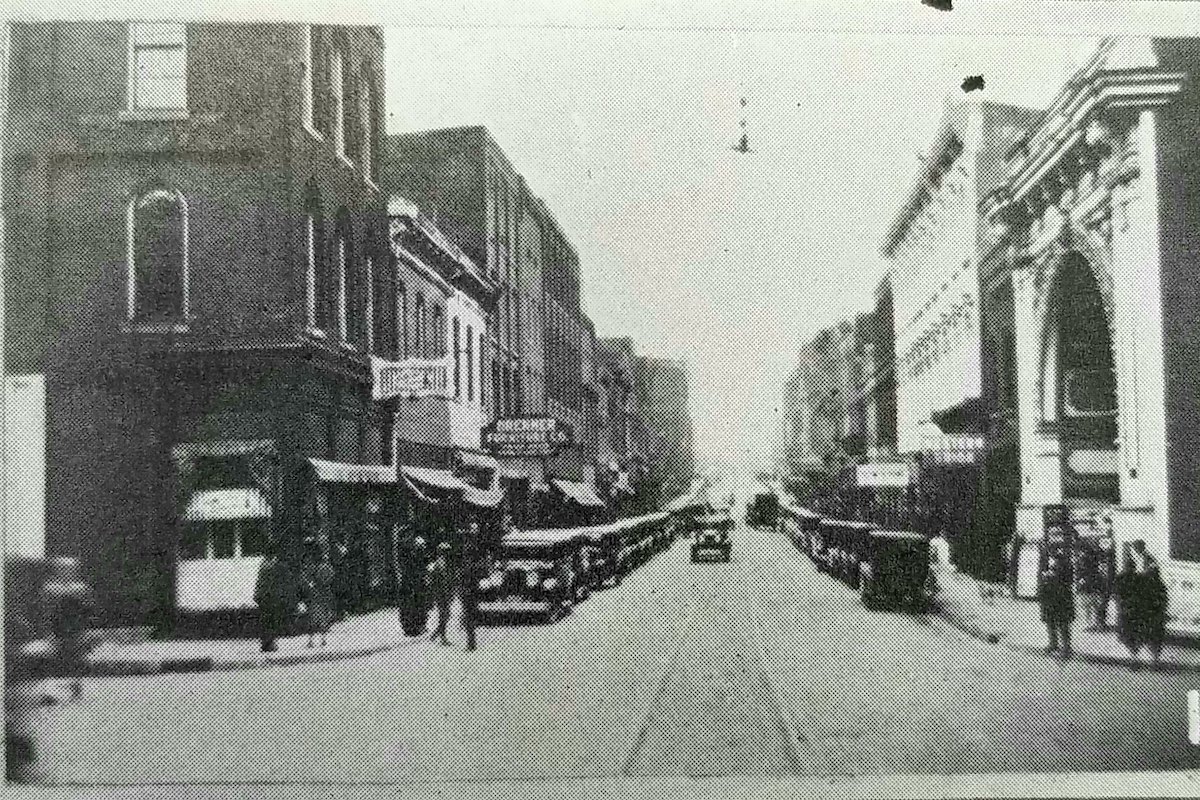











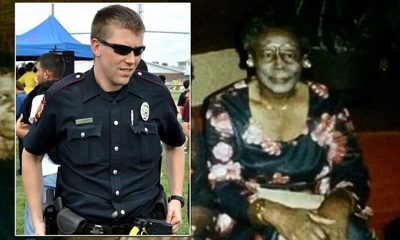

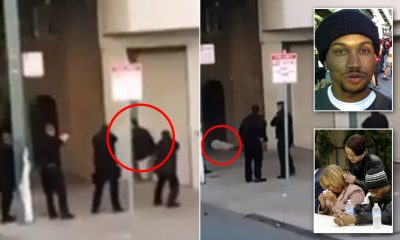
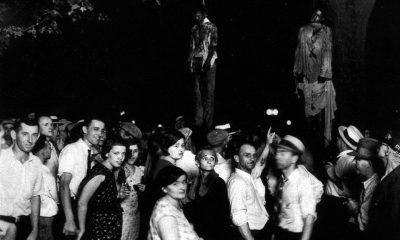
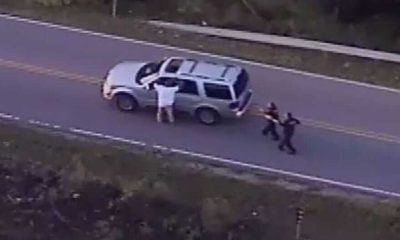
You must be logged in to post a comment Login